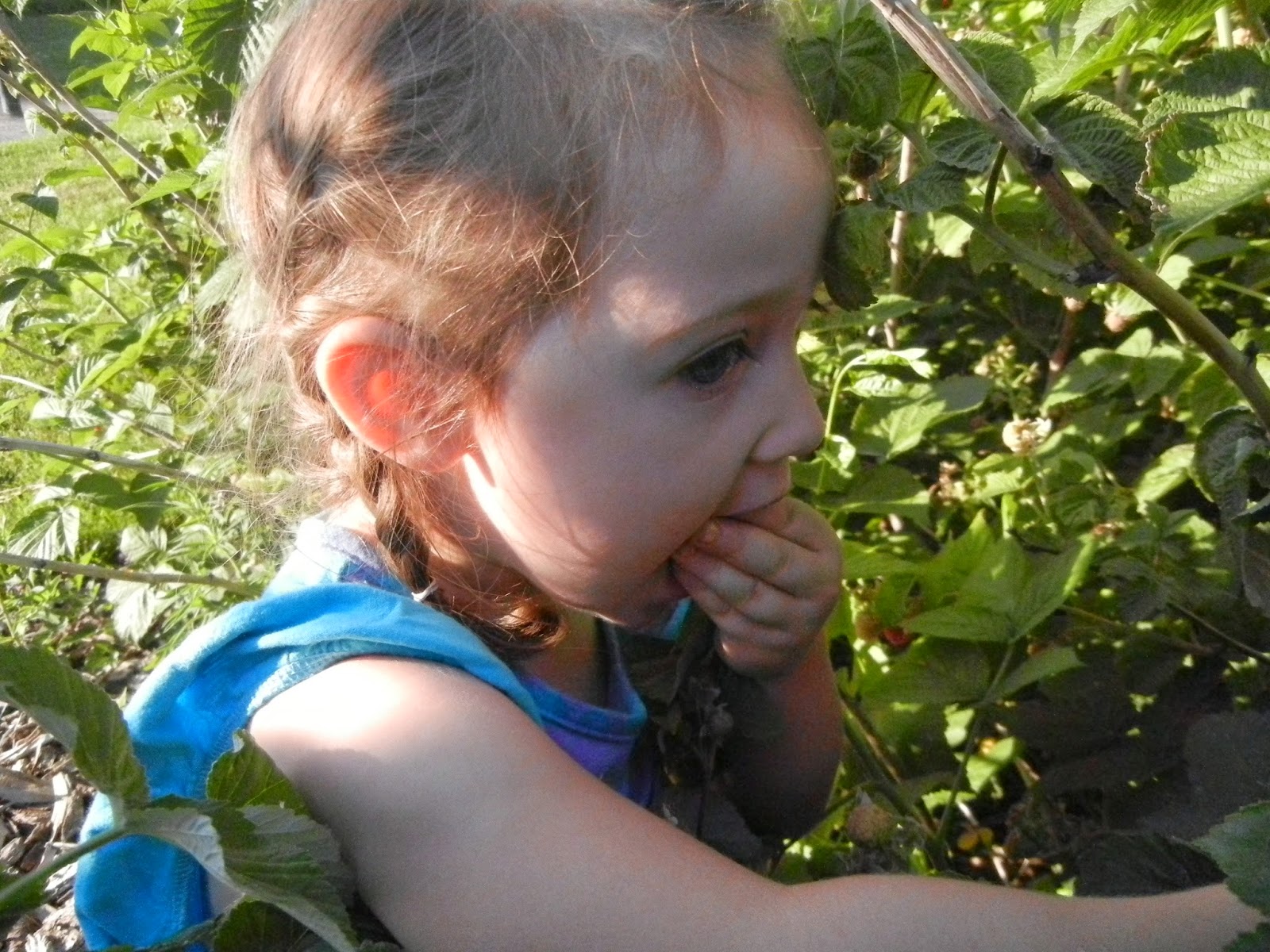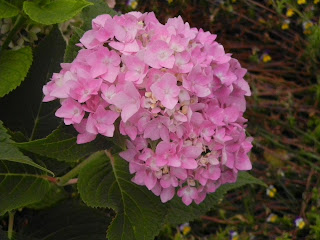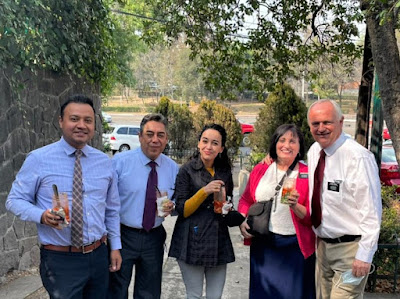Time to Give Your Raspberries a Litte TLC
Nothing says "summer" quite like the taste of fresh picked berries. Not all berries will grow well in the alkaline soil of southeast Idaho, but with a little TLC, raspberries will do very well here. And NOW is the time to give that TLC.
Raspberries are biennial, meaning they complete their life cycle in two years. Summer bearing raspberries produce berries only on second year canes. Ever-bearing raspberries produce berries on both first and second year canes. Canes older than two years are just dead sticks. These should be removed. Leaving them won't hurt the raspberry plants, but pruning them out will open up the plants allowing for more air flow (which will decrease the chances of disease) and make picking the berries easier.
In the fall I cut all the raspberry canes back to a height of 3-4'. This helps keep them more manageable. (If you did not do this last fall, you can do it now.)
For thinning the canes, I prefer to wait until late winter or early spring. There are no leaves on the plants at this time making it is easier to determine which canes are new and which are old.
New canes are brown. Old canes have a gray color. The old canes should be completely removed by cutting them off at ground level.

Before
Raspberries are biennial, meaning they complete their life cycle in two years. Summer bearing raspberries produce berries only on second year canes. Ever-bearing raspberries produce berries on both first and second year canes. Canes older than two years are just dead sticks. These should be removed. Leaving them won't hurt the raspberry plants, but pruning them out will open up the plants allowing for more air flow (which will decrease the chances of disease) and make picking the berries easier.
In the fall I cut all the raspberry canes back to a height of 3-4'. This helps keep them more manageable. (If you did not do this last fall, you can do it now.)
For thinning the canes, I prefer to wait until late winter or early spring. There are no leaves on the plants at this time making it is easier to determine which canes are new and which are old.
New canes are brown. Old canes have a gray color. The old canes should be completely removed by cutting them off at ground level.
These before and after pictures show how much removing the dead canes open up a raspberry patch:

Before
After
After pruning the raspberries, I apply iron and work it into the soil. Iron chlorosis can be a problem in raspberries growing in alkaline soil. A high phosphorus fertilizer can also be applied at this time. phosphorus encourages blooming, and more flowers means more berries.
Lastly I apply Casoron, a pre-emergent herbicide which will help minimize weeds in my raspberries, and water the patch lightly to activate the Casoron.
Now there is nothing left to do until it's time to pick the berries!







Comments
Post a Comment